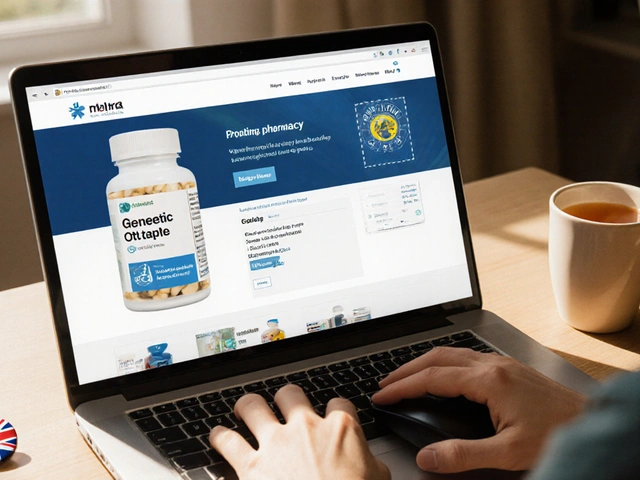Rifampicin: Uses, Mechanisms, and Safety Guide
When working with rifampicin, a core antibiotic used to treat tuberculosis and certain bacterial infections. Also known as rifampin, it blocks bacterial RNA synthesis by binding to the DNA‑dependent RNA polymerase.
A antibiotic classified as a rifamycin, rifampicin is often paired with isoniazid, pyrazinamide, and ethambutol in the standard 6‑month regimen for active pulmonary TB. This combo speeds bacterial kill and reduces relapse risk. The drug’s orange‑red urine is a harmless side effect that signals active excretion.
How rifampicin works and why monitoring matters
Rifampicin’s ability to shut down RNA transcription makes it a potent bactericidal agent, but it also triggers the liver’s enzyme system—especially CYP3A4. This induction means many co‑prescribed drugs are cleared faster, which can blunt their effectiveness. For example, oral contraceptives become less reliable, and certain antivirals need dose adjustments. Regular liver‑function tests are therefore a must; a rise in ALT or AST signals that the dose may need tweaking.
Because rifampicin influences drug interaction profiles of many medications, clinicians often create a checklist before starting therapy. Common culprits include warfarin, methadone, and some antiretrovirals. Adjusting these drugs ahead of time prevents therapeutic failures or toxicity.
Resistance is another critical piece of the puzzle. When rifampicin is used alone or for an incomplete course, Mycobacterium tuberculosis can develop mutations in the rpoB gene, rendering the drug ineffective. This resistance not only compromises the patient’s outcome but also spreads to the community, making TB harder to control. Hence, adherence to the full regimen and directly observed therapy (DOT) are emphasized in public‑health programs.
Special populations need extra attention. Pregnant women can safely use rifampicin, but dose adjustments may be required for those with hepatic impairment. Children receive weight‑based dosing, and pharmacists often counsel parents on the bright urine and possible gastrointestinal upset. In patients with severe liver disease, alternative regimens may be considered to avoid further hepatic strain.
Cost‑effectiveness is a big reason why rifampicin remains a staple worldwide. Generic versions are widely available, and many national programs subsidize the full 6‑month course, making treatment accessible even in low‑resource settings. When combined with other first‑line drugs, the overall regimen stays affordable while maintaining high cure rates.
Beyond TB, rifampicin finds niche use against Legionella, Nocardia, and certain staphylococcal infections, especially when other antibiotics fail. Its broad‑spectrum activity and ability to penetrate biofilms make it a valuable option in complicated cases, though clinicians must stay vigilant about the same interaction and monitoring concerns.
By understanding how rifampicin fits into the larger antibiotic landscape, how it triggers liver enzymes, and why resistance surveillance matters, you’ll be better equipped to manage therapy safely. Below you’ll find a curated collection of articles that dive deeper into dosing guidelines, interaction tables, resistance mechanisms, and patient‑focused advice—everything you need to make the most of this essential drug.
A detailed comparison of Isoniazid with other first‑line TB drugs, covering mechanisms, side effects, resistance, and practical regimen choices.
Recent-posts
Categories
Tags
- online pharmacy
- side effects
- online pharmacy UK
- generic drugs
- Tadalafil
- arthritis medication
- buy medication online
- prescription medication
- motion sickness
- Sildenafil
- Vardenafil
- ED medication alternatives
- drug interactions
- drug safety
- opioid side effects
- generic medication prices
- brand drugs
- premenstrual dysphoric disorder
- sleep quality
- PMDD






